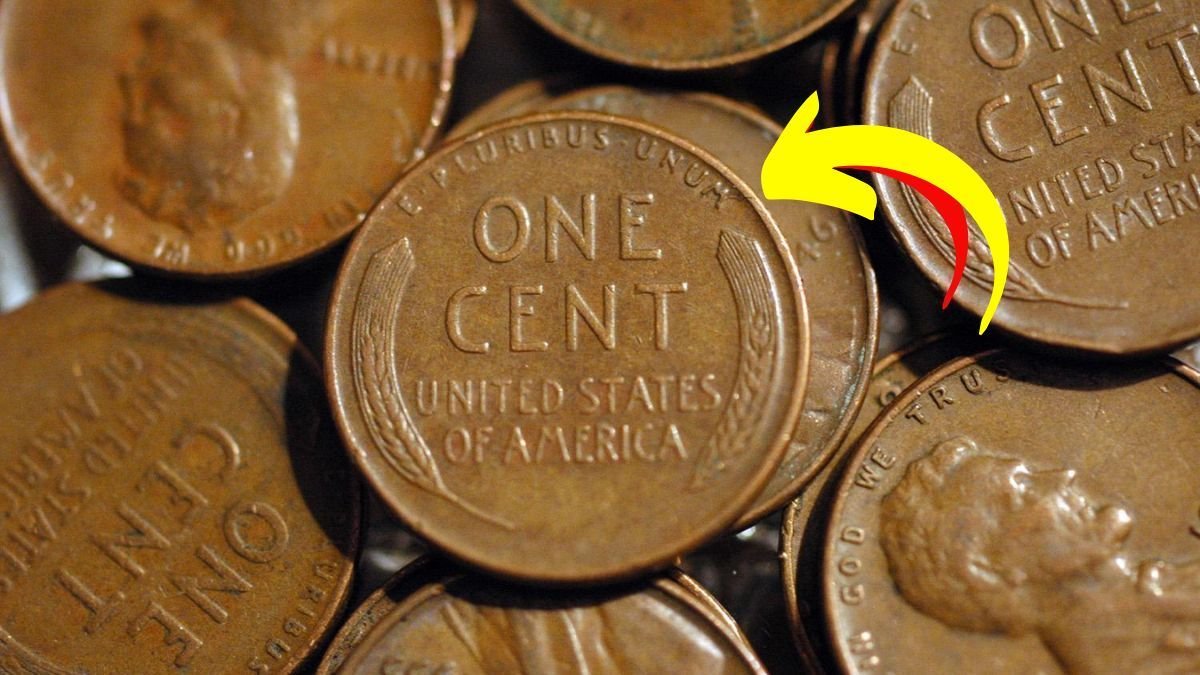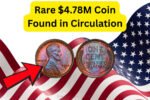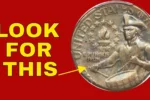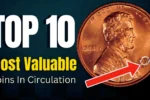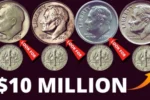The Lincoln Wheat Penny Valued at $1.5 Billion, Still in Circulation
Have you ever found a penny in your pocket and didn’t think twice about it? What if we told you that one of those ordinary-looking coins could actually be worth $1.5 billion? That’s right — a rare Lincoln Wheat Penny is rumored to still be floating around in circulation, and its value could change your life forever.
This article breaks down what makes this particular penny so special, why it’s valued so high, and how you can keep your eyes open in case you’re the lucky person to find it.
Why This Penny Is So Valuable
At first glance, a Lincoln Wheat Penny looks like any other old coin. It has Abraham Lincoln’s face on one side and two wheat stalks on the other. These coins were first introduced in 1909 and continued until 1958. While most are worth just a few cents, a few versions are so rare and unique that collectors would pay millions — or even billions — to get their hands on one.
The exact identity of the $1.5 billion Wheat Penny is still a mystery, but it is believed to be an ultra-rare misprint or experimental coin from the early 20th century. Some say it’s a coin that was never supposed to leave the U.S. Mint, while others believe it has an error that makes it one-of-a-kind.
Overview Table – What to Know About the $1.5B Wheat Penny
| Feature | Description |
|---|---|
| Coin Name | Lincoln Wheat Penny |
| Estimated Value | $1.5 Billion |
| Year of Interest | Possibly 1943, 1909-S VDB, or other unique mint years |
| Rarity | Extremely rare – only one known or possibly still unfound |
| Known Error | Believed to be a minting mistake or unique metal content |
| Circulation Status | Still possibly in public hands or hidden in coin jars |
| Current Owner | Unknown – coin may be in regular use or lost |
Design & Style
The Lincoln Wheat Penny has a timeless design. On the front, it shows the familiar portrait of Abraham Lincoln, created by designer Victor D. Brenner. The reverse side features two stalks of wheat, symbolizing prosperity. This design was in use from 1909 to 1958.
Some of the rarest versions, including the mysterious $1.5 billion one, are said to come from a special batch with unique traits like misprints, unapproved materials, or forgotten minting years. Even a small change in font, letter spacing, or metal composition can make a big difference in value.
History & Mystery: How the Penny Gained Its Value
Why is a small copper coin worth more than most houses or even private jets? It all comes down to rarity, condition, and demand.
Many experts believe this penny is linked to the 1943 copper penny mistake, when the U.S. Mint accidentally made a few pennies using copper instead of steel during World War II. Only a handful were ever released, and each one is worth hundreds of thousands or more.
Now, imagine if one of those coins had another error, like a double strike or an unknown mint mark. Add decades of mystery, and the price shoots up as collectors compete to own something truly unique.
How to Check Your Change: What to Look For
Most people wouldn’t notice a rare penny if it were handed to them in change. That’s why you need to take a closer look. Here’s what to check:
-
Date: Focus on coins from 1909–1958.
-
Mint Mark: Look under the year for letters like “S” (San Francisco), “D” (Denver), or no mark (Philadelphia).
-
Material: Use a magnet — 1943 steel pennies will stick, copper ones won’t.
-
Design: Look for missing letters, doubled images, or strange textures.
-
Condition: Coins in excellent shape are worth more.
How to Protect and Value a Rare Coin
If you think you’ve found a rare Wheat Penny, don’t clean it. Cleaning can reduce its value. Instead, place it in a soft cloth or plastic case and bring it to a certified coin appraiser. Some pawn shops may offer quick evaluations, but for serious sales, go to a coin grading service or rare coin auction.
There have been stories of people selling coins online for thousands — and some even find buyers through antique shops or coin shows.
FAQs – Frequently Asked Questions
Q1: What makes a Lincoln Wheat Penny valuable?
It depends on its year, mint mark, condition, and if there are any minting errors. Rarer combinations are more valuable.
Q2: Could a real $1.5 billion penny exist?
Yes, it’s possible if the coin has an extremely rare error or comes from a very limited minting run that collectors find invaluable.
Q3: How can I know if my penny is worth anything?
Start by checking the date and mint mark. Look for errors and compare your coin with photos from trusted coin websites or use coin identification apps.
Q4: Are Wheat Pennies still in circulation?
Yes, although rarely. You can still find them in circulation, especially in older coin jars or among inherited coins.
Q5: Can I sell a rare penny online?
Absolutely. Websites like eBay, coin auction sites, or specialty collectors’ forums are all great options. But be careful — get your coin properly appraised first.
Final Thoughts: Keep Your Eyes Open
It’s hard to believe that a coin you might walk past on the street or ignore in your pocket could be worth more than a luxury mansion. But history has shown us that rare coins — especially Lincoln Wheat Pennies — can carry huge value, sometimes even in the billions.
You don’t need to be a coin expert to strike it rich. All it takes is curiosity, attention to detail, and a bit of luck. So next time you get a handful of change, take a closer look. That ordinary-looking penny might just be the legendary $1.5 billion treasure the world is still waiting to find.
